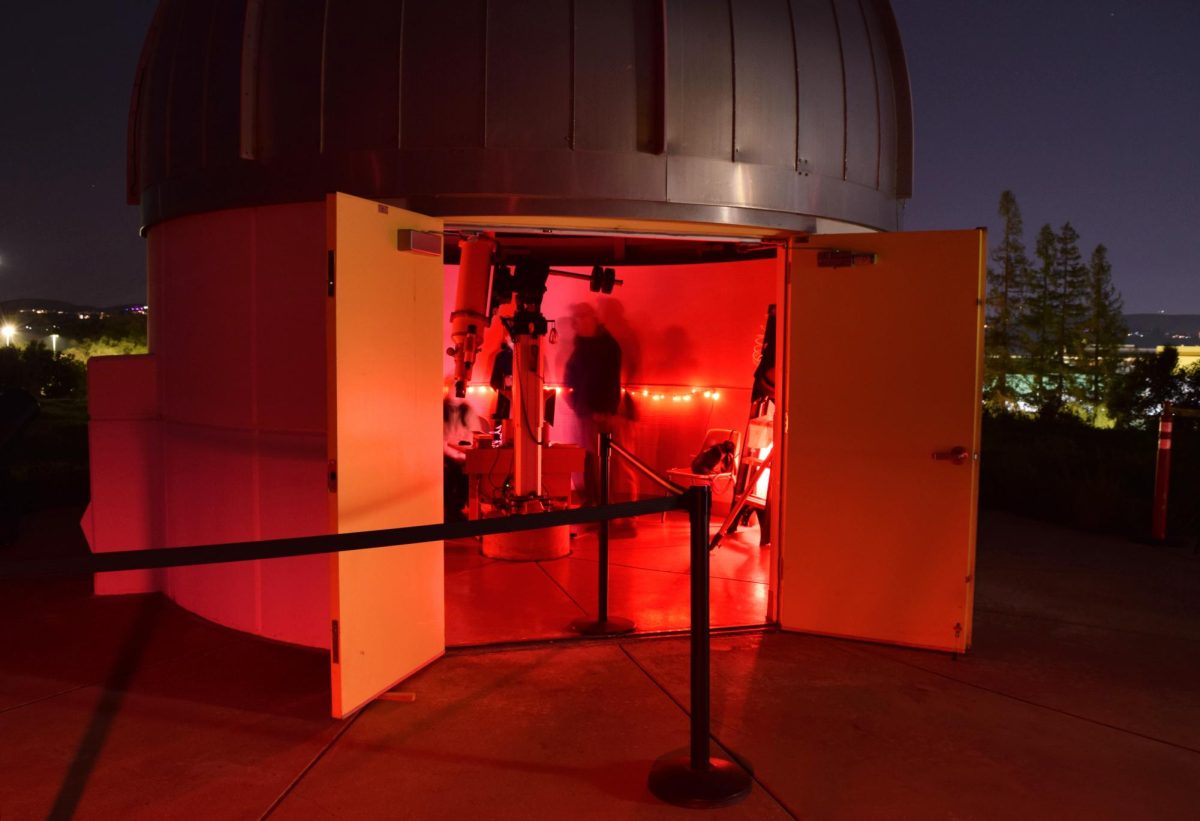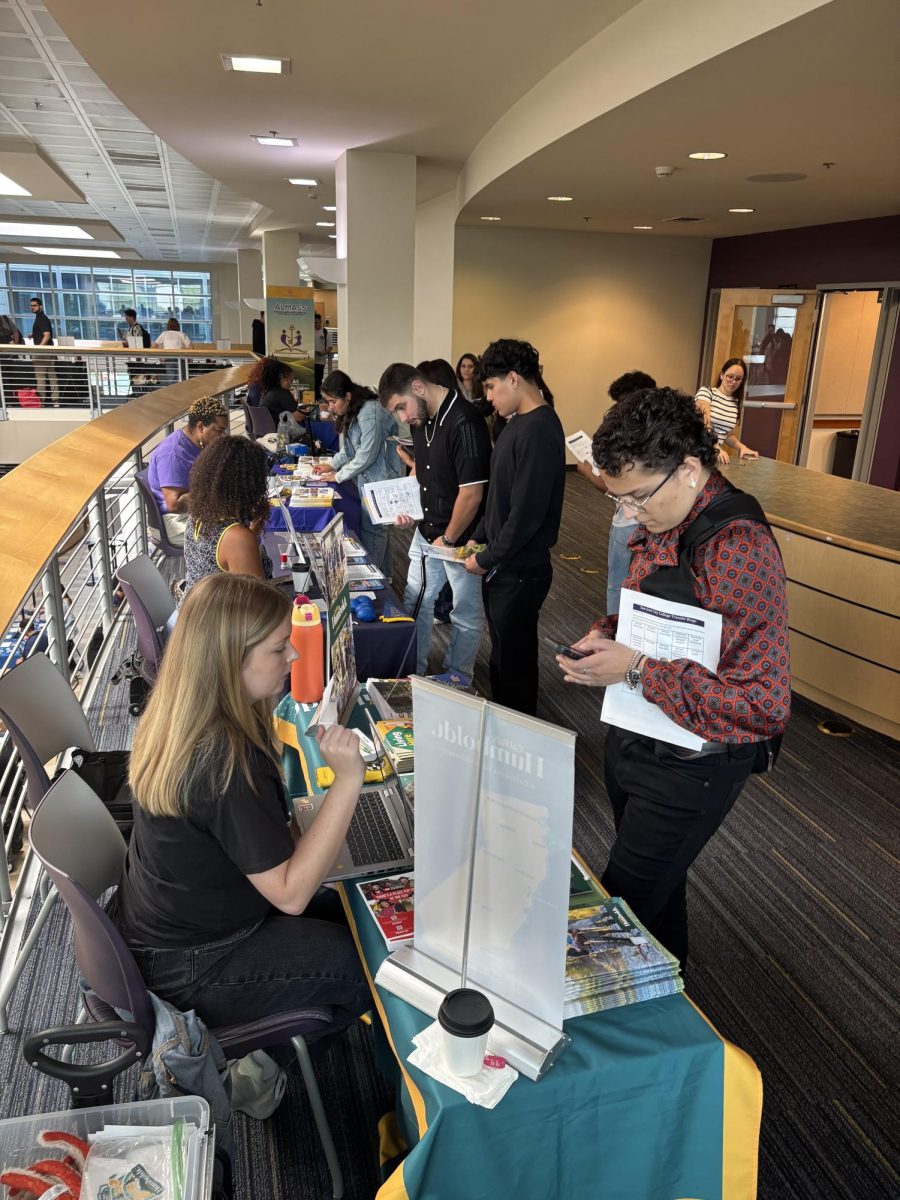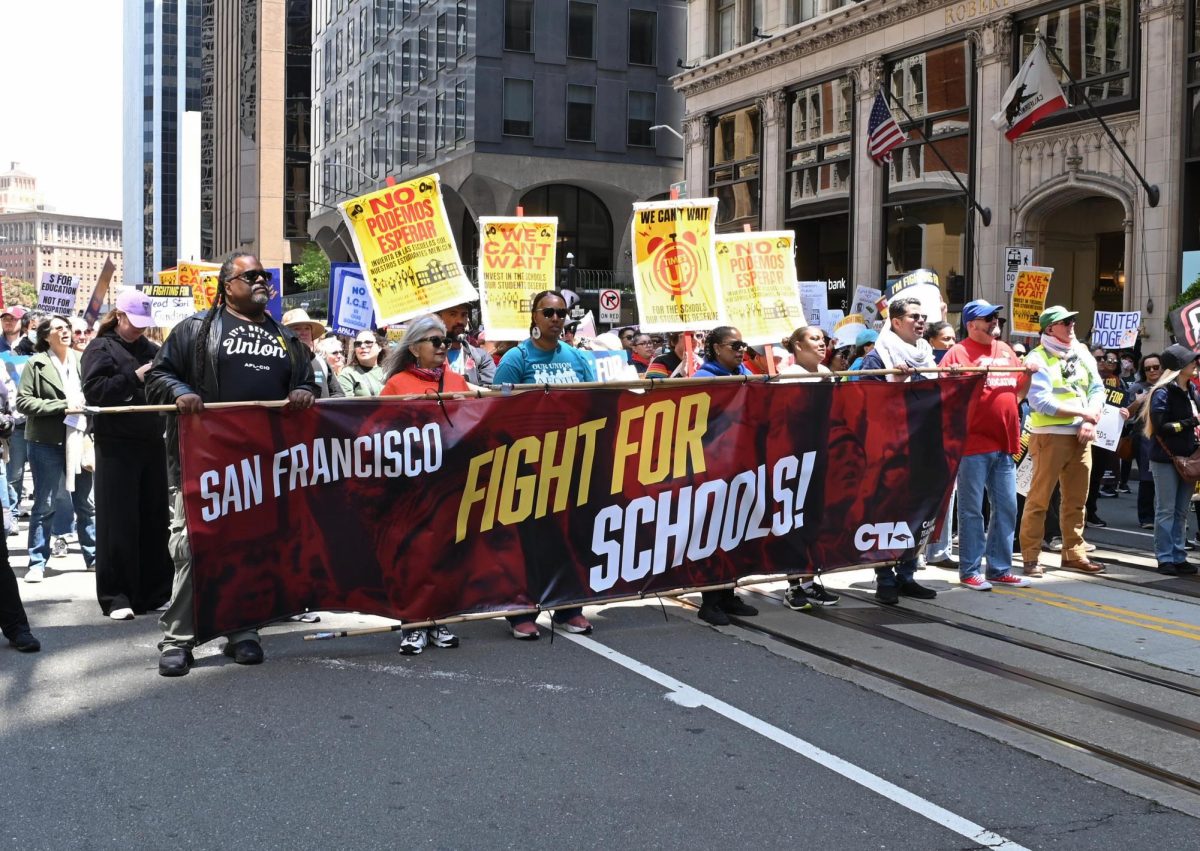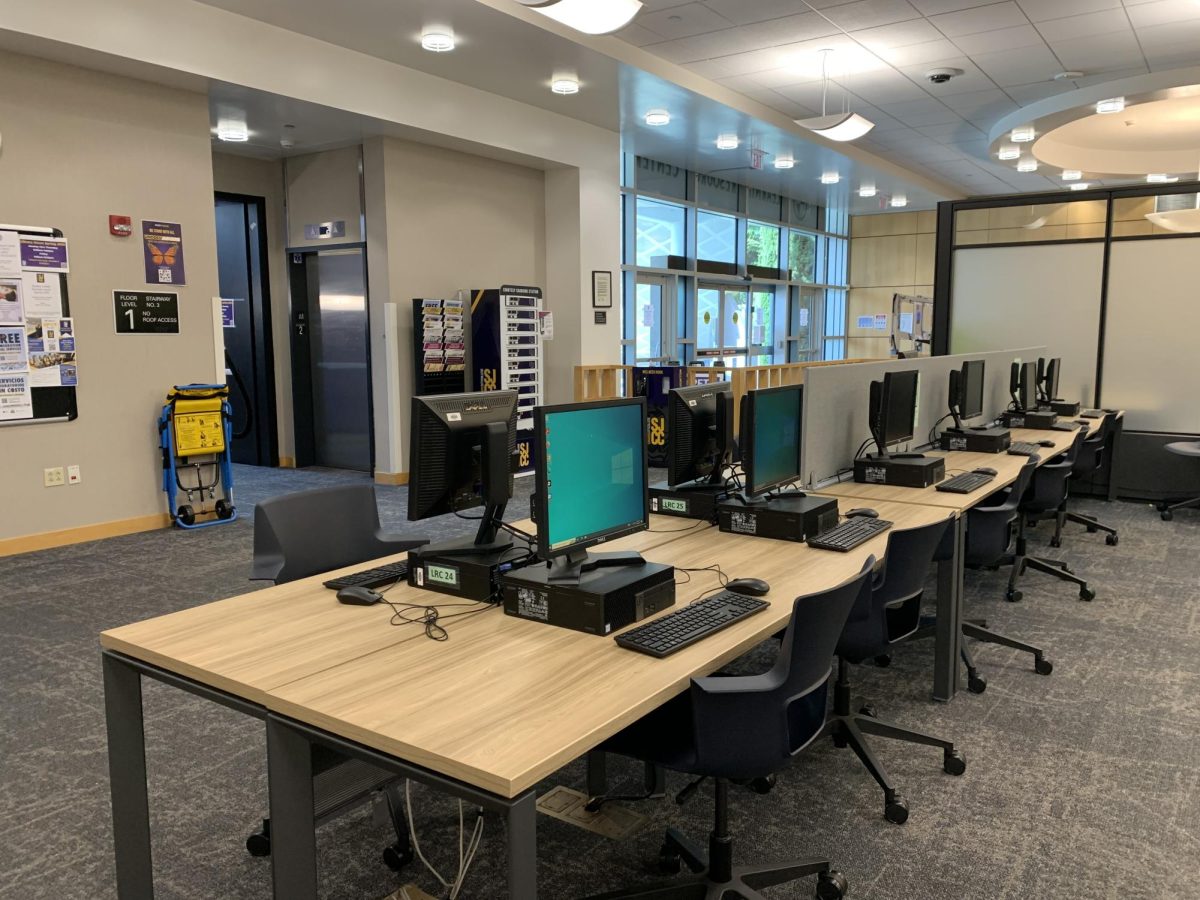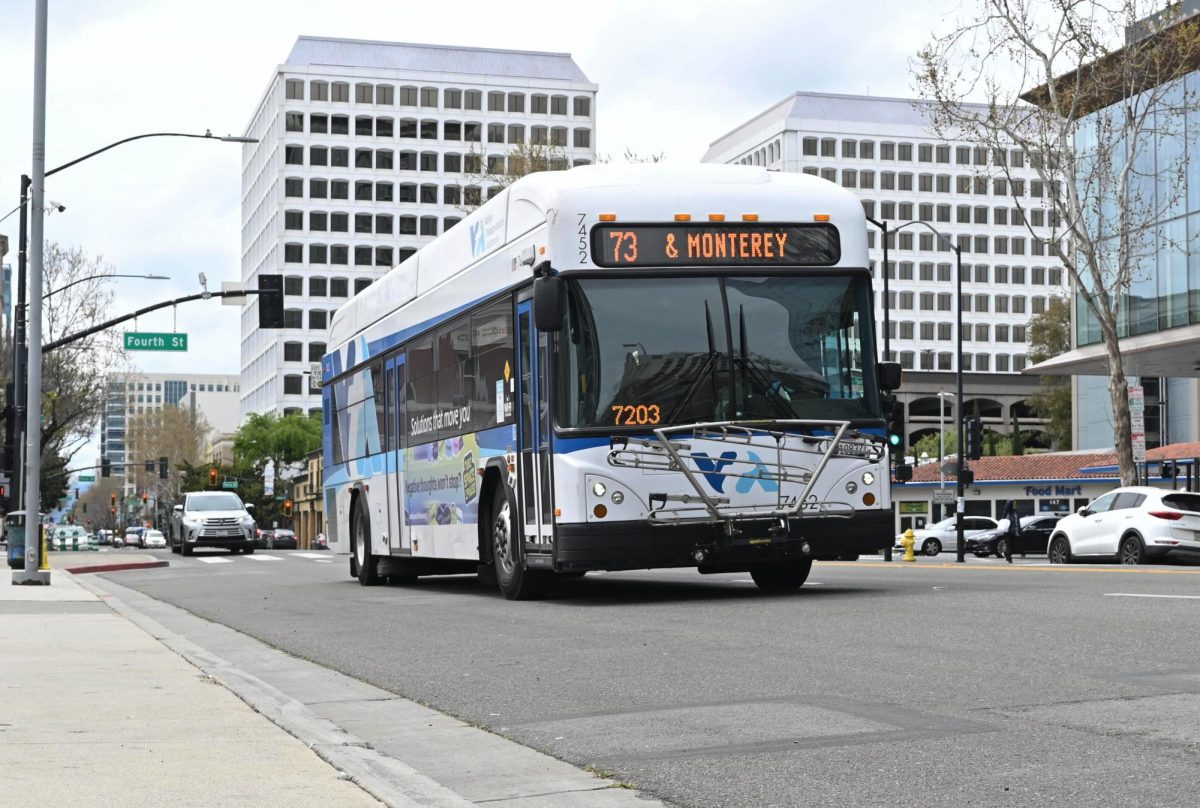The Montgomery Hill Observatory at Evergreen Valley College held a viewing night on May 9. Viewing nights at the observatory, open to both students and the wider public, are held every month to familiarize people with astronomy.
The observatory serves as a convenient location for quick stargazing, or a view through a telescope, without needing to make the winding drive up to the University of California-owned James Lick Observatory.
“This place is a hidden gem in Silicon Valley, almost the only observatory in the valley,” said Rick Francisco, the observatory’s director. He has been involved with the observatory for 10 years, and also works as a lab technician for EVC’s astronomy and physics departments.
“It’s more of a labor of love, taking care of all of this stuff up here,” Francisco said. “Helping the students, helping the public understand what we’re doing up here … it’s my way of giving back.”
Setup at the observatory began before the sun had even set. Francisco arrived to open the dome, which houses a 180-millimeter TMB refracting telescope. A square room nearby has a roof which is rolled to the side to expose a wider, C14 Schmidt-Cassegrain telescope to the sky above.
Volunteers came in to assist with setting up, rolling out several Dobsonian telescopes for guests to use on their own. Some volunteers were current EVC students who helped set up for extra credit in astronomy courses. Others, such as 24-year-old Kyle Nguyen, have since moved on to upper-division schools, but still help out because they enjoy doing so.
Nguyen got his start volunteering at the observatory in 2017, after he was encouraged to do so by a professor.
“One of my astronomy professors basically took me to this event after I scored a perfect test on the midterm,” he said. “He was like, ‘Oh my god, we need this guy at the event,’ so he dragged me over.”
During that event, Nguyen saw Francisco run between two of the observatory’s buildings in an attempt to operate two telescopes at once. He recognized the software that one of the telescopes used, and told Francisco that he would handle it to alleviate some of the burden. That turned into becoming a mainstay volunteer at observatory events for nearly eight years.
“I think that me participating in this event is just me doing my due diligence in fostering the curiosities of other people,” said Nguyen. “I’m grateful that the community college system in California is so well developed, because there would be little opportunity for this to happen otherwise.
As the night fell, red lights turned on to illuminate the pathways around the observatory. After our eyes adjust to the dark, red light preserves that dark adaptation, allowing us to find our way around without relying on brighter lights.
Guests made their way up to the observatory, many of them with children. They lined up to take a look through the multiple telescopes pointed at different objects, such as the Moon, Mars, or Jupiter. Many of them sat to watch as an enhanced vision telescope, or EVscope, took images of star clusters and nebulae in real time.
Carlos Morante, an adjunct physics professor at EVC who volunteers his time to run the EVscope, explained that it works by focusing on an object in the sky for a camera. The camera takes hundreds of photos, which are then compiled into a single image.
“Every time you look at a telescope, you’re just looking at what’s going on right there and then at that second,” Morante said, “but here, you’re collecting data for a long period of time, kind of like a long exposure photo. And so what that allows us to do, or allows the telescope to do, is to give you a better image of things that are too dim.”
The data from the telescope is sent to an iPad, which in turn is used to project the image onto a screen for viewers. It’s primarily used to give them a clearer picture of dimmer objects in space, such as nebulae, though it also gives an up-close image of stars.
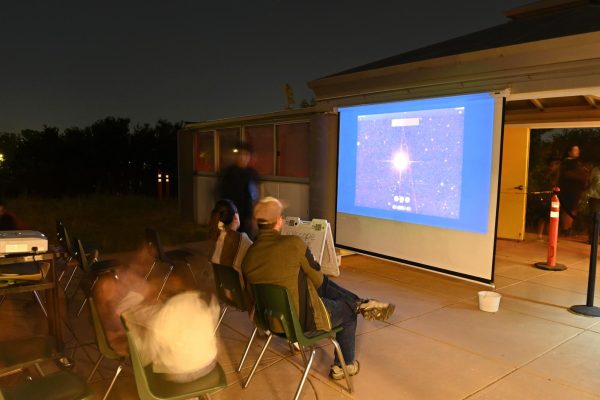
The EVscope is one of the newer pieces of equipment used at the observatory. Francisco said that they were also trying to set up a spectrometer for students in coming semesters to use for research.
“Some of the struggles we’ve had is trying to keep up with technology up here, trying to get the newer equipment here,” he said, “but we have done [sic] some success.”
Montgomery Hill Observatory hosts their viewing nights on the second Friday of each month, weather permitting. Parking in Lot 9A is free after 6 p.m., and the Valley Transportation Authority provides bus service to Eastridge Mall via route 31 until just after 10 p.m.

